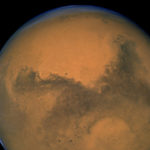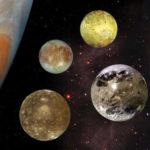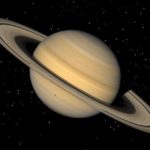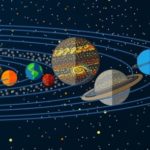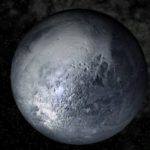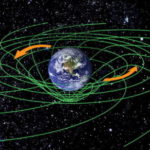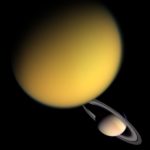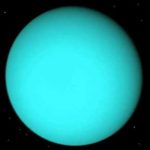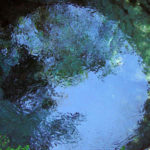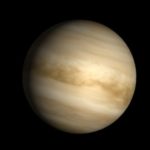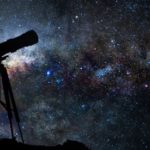Interesting facts about the satellites of Mars
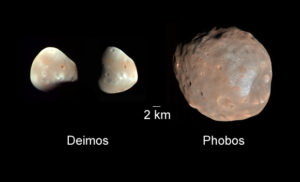 Mars now attracts a lot of attention. This ancient planet for each person has something of its own. For some it is a milestone on the path to conquering the cosmos, for someone, perhaps, a dream of a new home for humanity … And Mars has a pair of unusual satellites.
Mars now attracts a lot of attention. This ancient planet for each person has something of its own. For some it is a milestone on the path to conquering the cosmos, for someone, perhaps, a dream of a new home for humanity … And Mars has a pair of unusual satellites.
Mars has two satellites – Deimos and Phobos.
The names of the satellites are translated as “Horror” and “Fear”.
The small size and irregular shape of the Mars satellites suggest that they were once asteroids and were captured by the planet’s gravity.
Another popular theory of their origin says that Deimos and Phobos appeared as a result of the collapse of the once unified satellite in two.
Both Deimos and Phobos are always facing Mars with the same side.
Deimos is gradually approaching the planet, and scientists suggest that in 40-50 million years, it will either collide with it, or be torn to pieces by Martian gravity.
Phobos is 158 times smaller than the Moon, Deimos – 290 times.
From Deimos and Phobos to Mars, 23 and 9 thousand kilometers respectively. For comparison, the distance from the Moon to the Earth is 384 thousand kilometers.
The force of attraction on the surface of Phobos varies depending on the location. On the side facing Mars, it is practically absent due to the compensating influence of the gravity of Mars.
Only two objects on Deimos have their own names – the craters of Swift and Voltaire.
Up to the beginning of the 21st century Deimos was considered the smallest companion in the solar system.
The largest crater on Phobos has a diameter of 10 kilometers, on Deimos – two kilometers.
The largest crater of Phobos, Stickney, received its name in the part of the wife of astronomer Hale, who discovered both Martian satellites.
When viewed from the surface of Mars, Phobos has a visible size of one third of the size of the Moon, as it looks from the surface of the Earth.
Phobos crosses the Martian sky every eleven hours.
The above-mentioned Stickney Crater on Phobos is distinguishable from Mars by the naked eye.
